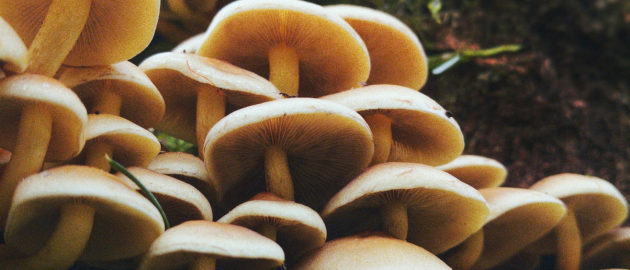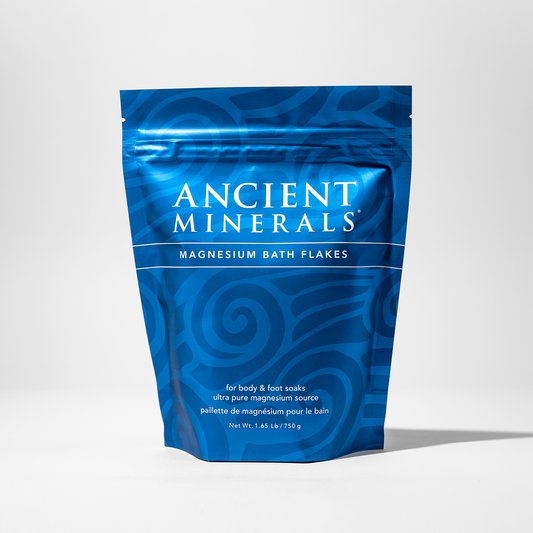Our Ancestors Ate Seasonally for Health and Survival
Our early ancestors were not eating strawberries imported from another country during the winter-time. They were forced to eat what was available to them both seasonally and locally. Perhaps this is the way we all should be eating! Those who follow a paleo eating philosophy, want to mimic the diet of our early ancestors within the context of a modern culture. The idea is to ensure sustainable health for both ourselves and for the environment by accessing fresh local food, with the highest bioavailable nutrient content.
Early Man Had to Hunt, Gather, and Process All of Their Food
From a biological perspective, we are still hunter-gatherers. 99.9% of our genes were formed before agriculture. In modern times, all kinds of foods are available through all the seasons, with a heavy emphasis on processed foods. Having access to out of season foods has lead us as a culture to overeat, and to make choices that may not supply the necessary nutrients our bodies need. This modern day way of eating can lead to metabolic disorders and food intolerances. Avoiding modern processed foods and eating the right kinds of foods available seasonally, is a great way to ensure a healthy lifestyle as well as reconnect us with our food and the environment. Early cultures were forced to eat what was locally available, and also needed for survival. In his piece on seasonal eating, Dr. Lagakos, PhD discusses different hunter-gatherer cultures and what they ate to survive, based upon the seasons. If a specific hunted species were overly lean and fat depleted, some cultures supplemented with acorns and nuts. During wet seasons when hunting wasn’t productive, calories were met through honey. However, it took a lot of work and energy expenditure to obtain honey. Honey wasn’t available year round, like it is now. In summertime, when all these flavorful fruits are available, it’s typically a time when energy expenditure was expected to increase. Fruits are high in sugar and calories, for a higher energy demand. 1
Eating is often opportunistic; driven by spoilage (meat), seasons (harvest, migrations), and competition with other species (ripe berries). Hunter-gatherers experience low-level hunger on a fairly regular basis; they eat when they’re hungry, when food is ready to eat, and when social norms call for it. 2
In his book, The Paleo Manifesto, author John Durant suggests there was no single “natural habitat” for humans. “The African savannah was a very important habitat, but modern humans bear the imprint of many places and times-from the beginning of time right up to present.” 3 Therefore, macronutrient composition was different for people, based upon their habitat and the food that was available to them.
Eating Seasonally is Also Better for the Environment
Out of season food often has to fly across the world to make it to your plate. By eating what is available seasonally, you are in turn helping the environment. Food that does not have to travel far uses far less fuel to produce, and therefore has much less of an environmental impact.
What is the best way to eat seasonally and more like our early ancestors within modern times? Find out which foods are in season and available locally! Shop at local farmer’s markets where the food is fresh and in-season. Support local farms, and buy produce as it is grown. Eating seasonally allows us to tap into our innate body wisdom, and teaches our body what it needs biochemically based upon the seasons.
About the Author:
Kathryn is a functional nutritional therapist, author, editor, and mama of two boys. She
enjoys spending her free time out in nature-hiking and fishing. You can find her at www.primalmusings.com and her book “Forties on Fire” can be
found on Amazon.
References
- 1. www.thepaleodiet.com Available at: http://thepaleodiet.com/mimicking-hunter-gatherers-seasonal-dieting-habits/ Accessed April 25, 2016
- 2. Durant, John (2014). The Paleo Manifesto: Ancient Wisdom for Lifelong Health. Harmony.
- 3. Durant, John (2014). The Paleo Manifesto: Ancient Wisdom for Lifelong Health. Harmony.





























